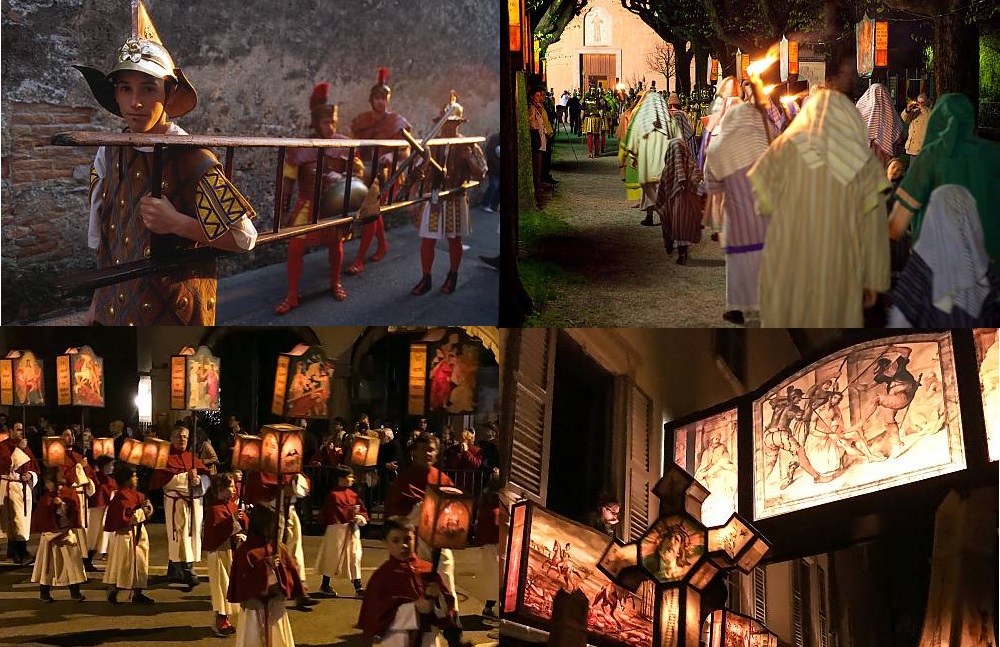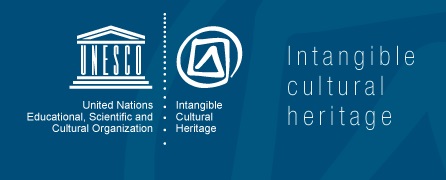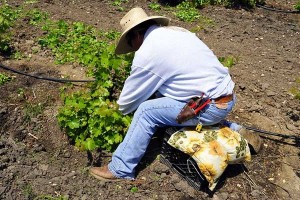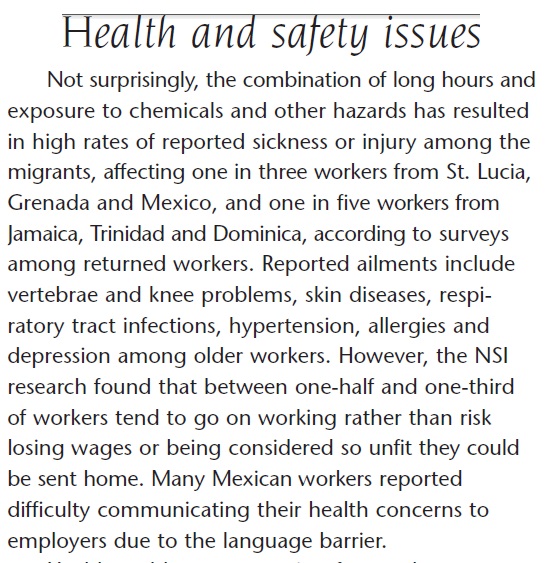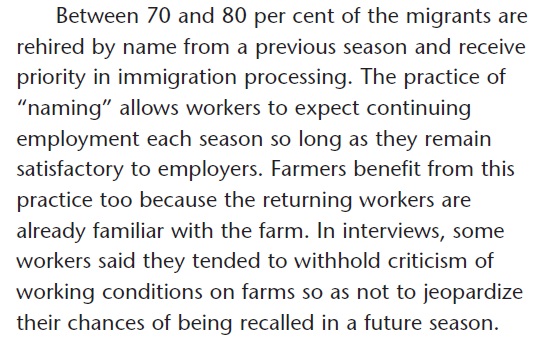As the cold weather and winter arrives back to North America and Covid is (hopefully) finally behind us, it’s time to start setting travel records again. For example, 2017 saw a record number of tourist arrivals in Jamaica, with 4.3 million vacationers. That was a huge 21.1% increase from the previous year and that trend continued for 2018 and 2019. It seems safe to expect the same pattern to start up again in 2022 and beyond and visitors won’t just be staying in hotel rooms but also opting to stay in luxury villa rentals.
So why the expected increased interest in Jamaica again as a travel destination?
Part of the reason is that the movies tend to portray Jamaicans as fun-loving people. But the real truth is that it’s always been a popular country, and also because the trend for “authentic experiences” in tourism has enticed more travelers to visit the country without going to a hotel.

If you’re still thinking about visiting the country, take note of the following reasons why you really should drop by for a visit:
-
Gorgeous beaches. Many of the most impressive beaches in the whole Caribbean are in Jamaica. The sands along the beach are spectacularly white and pristine, the waters are crystal blue, and the sunrises and sunsets are utterly dramatic. You can relax in the famed Seven Miles Beach, or perhaps indulge your need to explore by visiting the rocky coast of Cosmos Beach. Just about every city along the coast will provide you with a fantastic beach to relax in.
-
Water sports. When there are beaches, water sports are also part of the fun. It’s virtually axiomatic. Here in Jamaica, that kind of fun includes scuba diving and snorkeling, along with surfing as well. You can rent jet skis too.
-
Exotic wildlife. You really need to bring a good digital camera, as your smartphone may not be enough to capture the real beauty of the local plants and bird species. But you really must see them for yourself. You ought to try scuba diving as well, so that you can be mesmerized by the creatures and plants under the sea.
-
Tropical climate. Just how cold is it where you are right now? If it’s still winter, then it’s time to head on out to warm Jamaica where you can swim in a flimsy bathing suit even while it’s snowy back where you live.

In some places, it’s also not too warm at all, so you can feel pleasantly cool. -
Golf. Are you a links fanatic? If so, you will definitely love the luxury golf courses on the island. You can drive and put amidst the fantastic landscapes and enjoy the beautiful gardens. It’s in Jamaica where you will find Half Moon, which is widely considered as the best golf course in the whole Caribbean region.
-
Friendly people. Haven’t you noticed how in the movies Jamaicans are stereotypically portrayed as fun-loving friendly folks? That’s because the people here are just that way. They tend to regard tourists as personal friends, so it’s like every day there’s a party here to celebrate meeting new people.
-
Local cuisine. The food items here are mostly locally grown, so you tend to enjoy fresh meat, seafood, fruits, and vegetables. You really need to try the jerk-seasoned dishes, this jerk and curry seasoning can expand your horizons when it comes to chicken and pork dishes. But that’s not the national dish. It’s ackee and saltfish, with just caught seafood along with the ackee fruit that’s been sautéed and served with salt cod, tomatoes, peppers, and onions.
Visit here even once, and you’ll certainly want to come back time and again. In fact, it’s always hard to leave. It’s always a fun time here, and that’s what makes for a great vacation.

